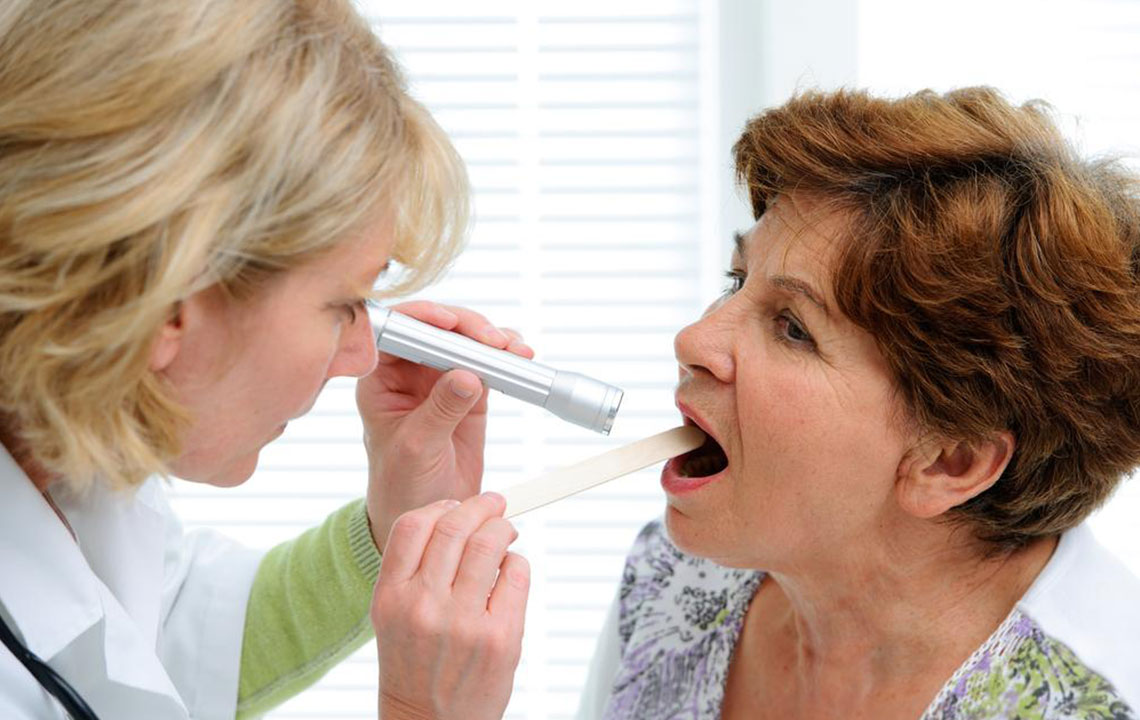Early Signs and Symptoms of Oral Tongue Cancer to Watch For
Learn about the key symptoms and risk factors of tongue cancer to promote early diagnosis and effective treatment. Recognizing signs like patches, ulcers, and swelling can significantly impact outcomes. Consult healthcare professionals promptly if symptoms appear.

Cancer results from abnormal cell growth in body tissues and can develop in various areas. Among the different types, oral cancer ranks 15th globally in prevalence. In 2018, nearly 50,000 new cases were diagnosed in the United States. Men are twice as likely to develop oral cancer as women. It can affect parts like the tongue, lips, cheeks, and throat. Major risk factors include tobacco use and alcohol consumption, which account for about 90% of cases, while genetics contribute to the remaining 10%. Understanding early signs is crucial for timely intervention.
Tongue cancer primarily affects the flat squamous cells lining the tongue. Tobacco in various forms — smoking, chewing, or cigars — along with excessive alcohol intake, significantly increases risk. The HPV virus transmitted through sexual activity is another contributing factor.
Early symptoms often lack pain or obvious signs but may include:
Red and white patches on the tongue surface
Progression can lead to persistent lumps or ulcers on the tongue that do not heal, sore throat unresponsive to treatment, difficulty swallowing, or unexplained bleeding without injury. Swollen neck lymph nodes, numbness in the tongue, and jaw swelling in denture wearers can also indicate disease progression. As it advances, severe ear pain might occur.
Detecting tongue cancer early is challenging. Dentists and doctors may look for initial signs, and imaging tests like PET, CT, or MRI scans can aid in diagnosis. Early detection improves treatment outcomes. Treatments typically include surgery, radiation therapy, chemotherapy, or targeted drugs, possibly combined with speech therapy or reconstructive surgery depending on the stage.
Note: This article provides informational content on symptoms and treatment options. It is not a substitute for professional medical advice. Always consult qualified healthcare providers for diagnosis and treatment decisions.










